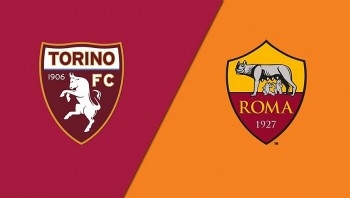South Korean National Anthem: English Version, Full Original Lyrics And Facts
 |
| History, Lyrics In Korean And English, Interesting Facts About South Korea. Photo: KnowInsiders |
| Contents |
What is South Korea’s national anthem?
The national anthem of South Korea is known as “Aegukga,” which means “The Patriotic Song.”
The song's uncredited lyricist first put pen to paper in 1896. In its early 20th century usage, the lyrics were sung to the tune of "Auld Lang Syne," which had been popular since the late 19th century. It wasn't until the founding of South Korea in 1935 that the lyrics were set to original music. Ahn Eak-tai is responsible for the song you're listening to.
Although there are four verses in the full version of the national anthem's lyrics, South Koreans usually only sing the first verse. Many have complained that the lyrics of South Korea's national anthem place too much emphasis on racial nationalism, and this criticism has only grown over the years. There is concern for national security in light of the tensions between North and South Korea, as many citizens believe the national anthem promotes loyalty to the Korean people at large rather than to South Korea alone.
Do South Korea and North Korea have the same national anthems?‘Aegukga’ translates as ‘Patriotic Song’ and South Korea’s national anthem shares its title with North Korea’s national song but, although the two share similarities in terms of melody, they are distinct anthems. |
Who composed South Korea’s national anthem?
While the 1890s' lyrics were originally written to the melody of "Auld Lang Syne," composer Ahn Eak-tai wrote a new tune for it in 1936, when it became evident that South Korea would become its own country.
For almost a century, "Aegukga," the Republic of Korea's national anthem, has been played at important national events and used to instill a sense of national pride and devotion in the population. Any song, official or otherwise, that expresses love for one's country is considered Aegukga. At first, the song was only sung at ceremonial government events, but as its popularity grew, it was also sung in classrooms and at major sporting events like the Olympics. Even Korean pop stars have given performances of the song at such occasions.
Whilst many people have speculated about who might be responsible for the lyrics, no one has ever been given credit for their work. The lyrics have evolved since they were initially published in 1907. Three thousand ri of gorgeous rivers and mountains adorned with mugunghwa blooms," the refrain reads. The length of the Korean Peninsula is 1,200 kilometers, hence the song "Three thousand ri" has a literal translation of "everlasting blossom that never fades." As these lines were added to the national song, it became even more beloved.
READ MORE: ONLY in KOREA: Top 7 Weirdest Foods to Try Out!
Lyrics in Korean
Donghae mulgwa Baekdusani mareugo daltorok
Haneunimi bouhasa urinara manse.
Mugunghwa samcheolli hwaryeo gangsan
Daehan saram, daehaneuro giri bojeonhase.
Namsan wie jeo sonamu cheolgabeul dureun deut
Baram seori bulbyeonhameun uri gisang-ilse.
Mugunghwa samcheolli hwaryeo gangsan
Daehan saram, daehaneuro giri bojeonhase.
Ga-eul haneul gonghwalhande nopgo gureum eopsi
Balgeun dareun uri gaseum ilpyeondansimilse.
Mugunghwa samcheolli hwaryeo gangsan
Daehan saram, daehaneuro giri bojeonhase.
I gisanggwa i mameuro chungseong-eul dahayeo
Goerouna jeulgeouna nara saranghase.
Mugunghwa samcheolli hwaryeo gangsan
Daehan saram, daehaneuro giri bojeonhase.
English Version
Chorus:
Three thousand Li of splendid rivers and mountains, filled with Roses of Sharon;
Great Korean people, stay true to the Great Korean way!
As the pine atop Mt. Namsan stands firm, as if wrapped in armour,
unchanged through wind and frost, so shall our resilient spirit.
Chorus
The Autumn sky is void and vast, high and cloudless;
the bright moon is our heart, undivided and true.
Chorus
With this spirit and this mind, give all loyalty,
in suffering or in joy, to the love of country.
Chorus
National Symbols of South Korea
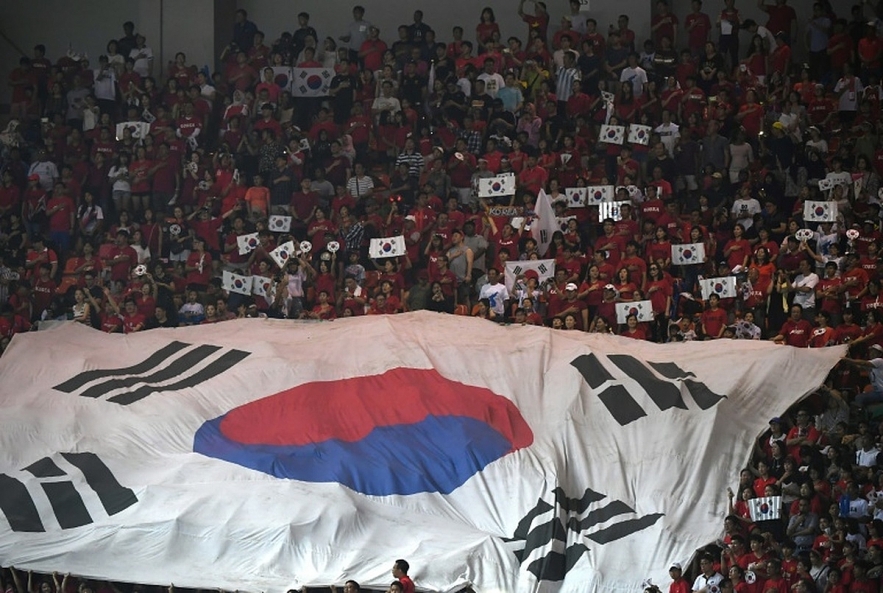 |
| Photo beSoccer |
National Flag Taegeukgi
On October 15, 1949, the current Taegeukgi design was completed. In eastern philosophy, it represents the yin and yang. The central circle is split in half horizontally, with the upper red section responding to the yang cosmic forces and the lower blue section representing the yin cosmic forces. White, the color of peace and purity, is used for the backdrop of the Korean flag. Four trigrams, one at each corner of the circle, represent the concepts of movement, equilibrium, and harmony.
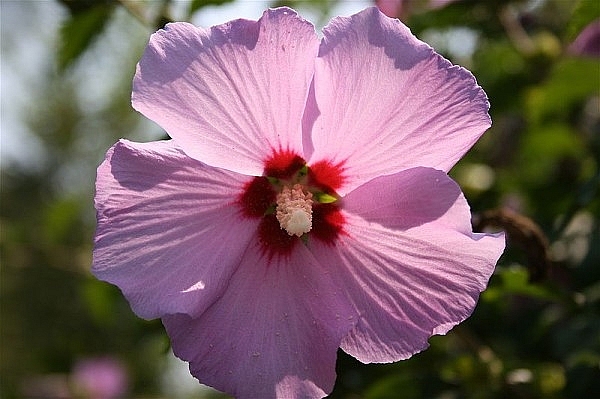 |
| Photo Getty |
National Flower Mugunghwa
The national flower of Korea is mugunghwa, or rose of Sharon, which comes into bloom from July to October every year. A profusion of mugunghwa blossoms gracefully decorate the entire nation during blooming season, providing a view that has been loved by Koreans for many years. The flower’s symbolic significance stems from the Korean word mugung, which means immortal.
Do you know?
South Koreans are one year old when born
The fact that a Korean is already one year old at birth is one of their distinguishing characteristics. In South Korea, a newborn baby is counted as an adult at the end of the first calendar year. When asking why this is the case, various theories exist. Many often attribute this to the fact that a baby spends nine months—roughly one year—in the womb before being born. That's why a newborn in South Korea already counts as an adult year elsewhere.
Due to potential differences between the lunar calendar, solar calendar, and your own birth date, the process of arriving at an answer is a little complex. When asked your age in South Korea, simply stating the year you were born will suffice. This formula should serve as a useful Korean age calculator:
(Current year – your birth year) + 1 = Your Korean age
| For example: (2017 – 1985) + 1 = 33 years old (2017 – 1991) + 1 = 27 years old |
Largest Drinkers in Asia
It is commonly held that South Koreans, once committed to an endeavor, give it their all. Beer, hot wings, and soccer (football)! Among Asian countries, Koreans are well recognized as among of the most avid drinkers. As compared to its Asian neighbors, South Korea's drinking culture stands out. This may have its origins in the fact that most holidays in their culture are marked by the consumption of alcoholic beverages. The World Health Organization places Koreans at #17 for annual alcohol consumption, with an average of 12.3 liters per person.
Samsung is Everywhere
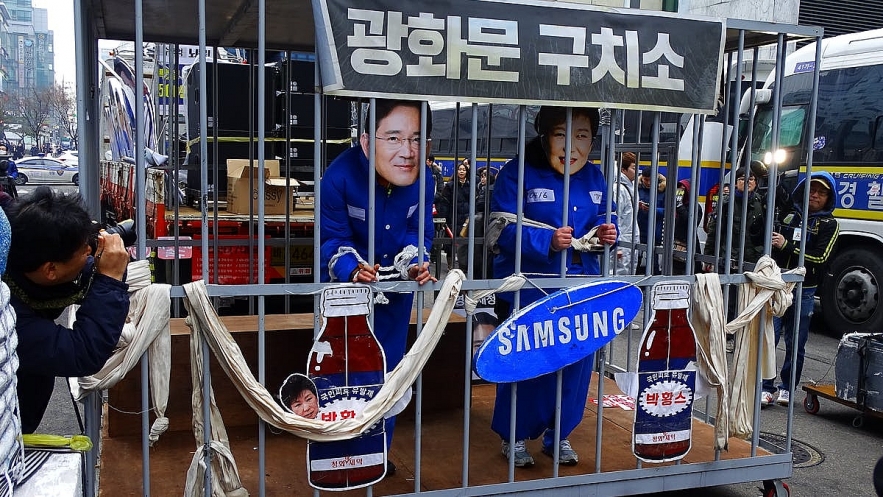 |
| Photo The Conversation |
Seoul is home to Samsung, one of the world's top technology companies. Samsung is responsible for 20% of South Korea's rising economy. Yet, Samsung is mostly recognized in many parts of the world for its innovative mobile phone products. In actuality, they have developed such technology as sophisticated, dependable armored cars for military usage, as well as medical equipment.
Both Men and Women Are Obsessed with Makeup
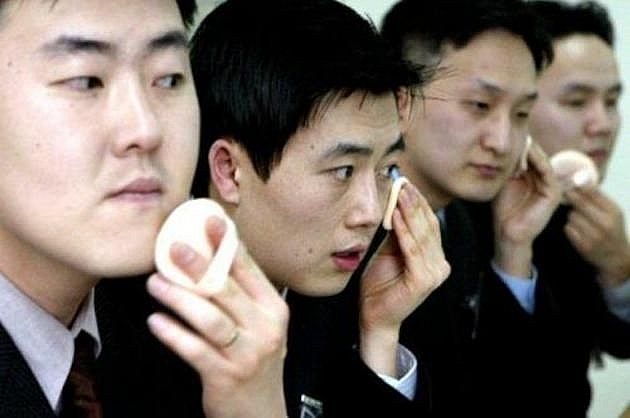 |
| Photo Pinterest |
Makeup is a fascinating hobby since you can play around with different looks and feel like a completely new person when you're done. It also helps many people who have low self-esteem regarding some aspect of their looks feel more confident in their everyday lives. It's no secret that South Korea is a major hub for the cosmetics industry. Seoul is a makeup lover's dream, with entire neighborhoods devoted to beauty supply stores.
Plastic surgery is SUPER normal
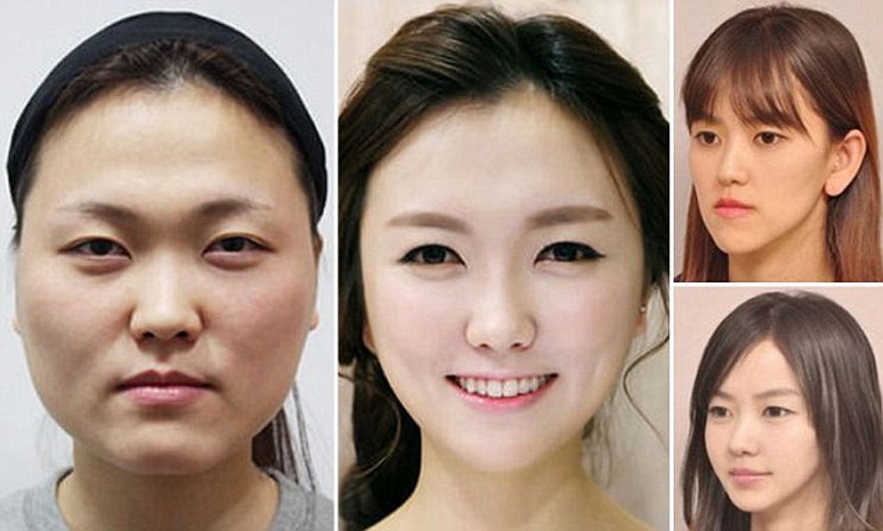 |
| Photo Daily Mail |
In contrast to the majority of Western countries, where plastic surgery is socially unacceptable, its acceptance has reached a peak in South Korea (and even encouraged).
Teens in South Korea frequently have cosmetic procedures just before enrolling in college. They don't need to win over their parents' approval because they're already on board with it (and footing the bill)!
Women make up the vast majority of South Korea's plastic surgery patients. Double eyelid surgery, rhinoplasty, and a chin implant are the most often performed procedures as people seek to emulate the "Caucasian appearance" favored by Hollywood stars. Also, the cost of plastic surgery in South Korea is significantly lower than in other developed nations.
Toilet Paper Warms the House
In South Korea, it is common practice to provide the new homeowners with toilet paper and laundry detergent.
The good thing about this custom is that it simplifies the process of choosing housewarming gifts, however you may need to make some room in your home to store all the extra housekeeping items. Choosing between generic tissues and Kleenex can be the most difficult choice you face.
There’s a lot more to kimchi than meets the eye
There are over 250 varieties of kimchi, each with its own unique flavor and texture, which explains why it can be used in so many distinct South Korean recipes. One of the most well-known examples of traditional Korean cuisine is kimchi. You can't have a dinner in Korea without a side of kimchi.
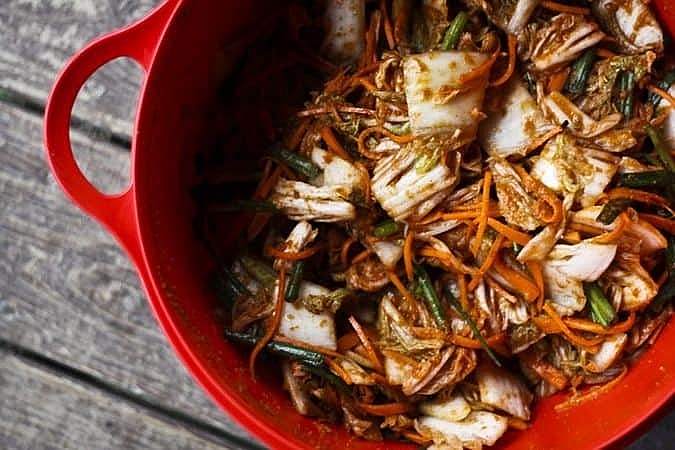 |
| Photo foody |
Kimchi is a fermented dish that can be made using a wide range of vegetables and ingredients. Koreans are ahead of the curve since kimchi is included in every meal and is great for digestive health. When eating in South Korea, don't forget to order a side of kimchi; you won't be sorry you did.
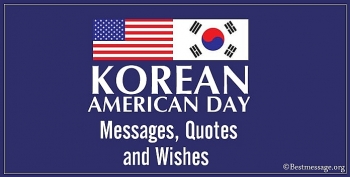 Korean American Day: Best Wishes, Celebrations, Hisrory, Meaning Korean American Day: Best Wishes, Celebrations, Hisrory, Meaning How to celebrate Korean American Day (January 13): Best Wishes, Quotes, Messages, Date, Hisrory and Meaning! |
 10 Biggest and Best Shopping Malls For Foreigner in South Korea 10 Biggest and Best Shopping Malls For Foreigner in South Korea South Korea offers a multitude of unique shopping spots that will surely make shopaholics feel contented. |
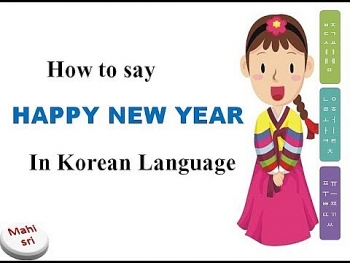 How to say Happy New Year in Korean How to say Happy New Year in Korean If you're in Korea during this festival, these are some suggestions to say "Happy New Year" the Korean way. |





















